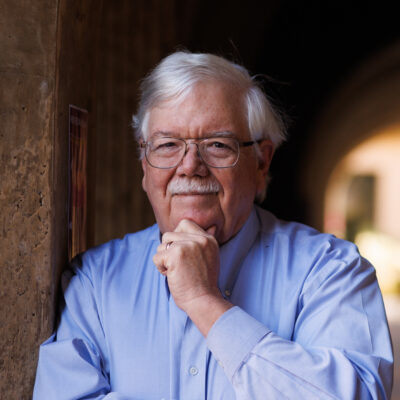California’s Stem Cell Program Ponders A Future Of New Challenges And Old Promises
Summary
Evangelina Padilla Vaccaro of Corona is the new face of stem cell science in California. Born with “bubble baby” disease that deprived her of a functioning immune system, she was cured with stem cell therapy developed in Donald Kohn’s lab at UCLA, which has received millions of dollars in grants from the California stem cell program.
Now she’s a vivacious 4-year-old, depicted astride a hobby horse and clad in a pink sweatshirt bearing a lightning bolt on the program’s 2016 annual report under the legend “CURED.”
…
The success of any ballot initiative will depend on two factors, says Henry T. Greely, director of the Center for Law and the Biosciences at Stanford University: “The two big variables are whether any of their clinical trials pay off, and what the Trump administration does.”
…
Greely’s allusion to White House policy harks back to the very genesis of the stem cell program, President George W. Bush’s 2001 ban on federal funding for research on stem cells derived from human embryos. The imposition of an essentially ideological test for scientific research was what spurred California voters to enact Proposition 71 as a constitutional amendment three years later. The measure endowed CIRM with $3 billion in bond revenue to fund California stem cell laboratories and attract world-class researchers.
…
Still, the program’s future may depend more on politics than science. “If it looks like Washington is flipping off California, that could have political ramifications” at the ballot box, Greely says. Some researchers aren’t optimistic about the prospects for independent, federally funded science under the Trump administration.
Read More
